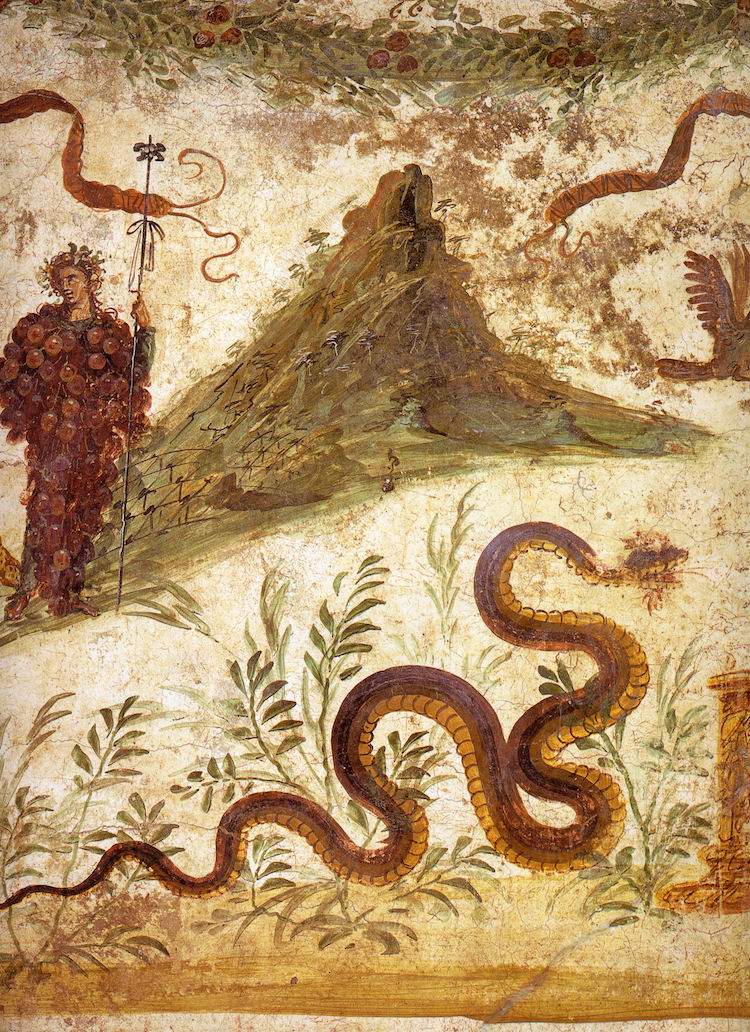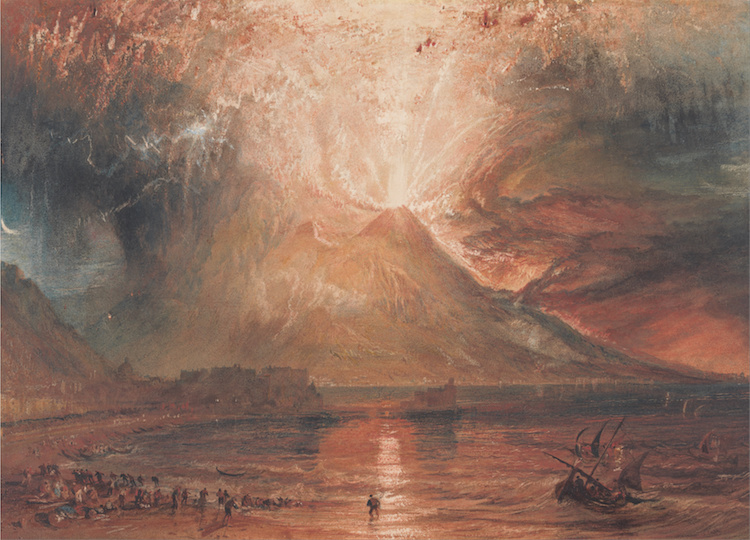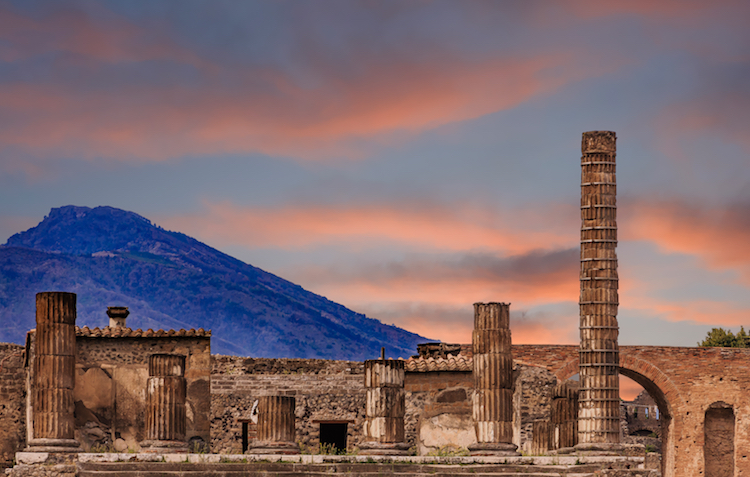The ancient city of Pompeii is one of the most fascinating archaeological sites in the world. Located just outside of Naples in southern Italy, Pompeii is renowned for its well-preserved Roman ruins—and the disaster that ironically left them intact.
Listen beautiful relax classics on our Youtube channel.
Following a cataclysmic volcanic eruption, the entire city was covered by a blanket of volcanic ash. Until the 18th century, the city remained buried by this dust, leaving it untouched—and unseen—for nearly 1,700 years.

A wall painting from the House of the Centenary in Pompeii shows the earliest known depiction of Mount Vesuvius (Photo via Wikimedia Commons )
Pompeii’s History
Prior to the eruption, Pompeii was a vibrant Roman center. Likely founded in the 7th or 6th century BC by the Osci people from central Italy, it had a colorful history during its short existence.
The city was controlled by a string of conquerers, including the Greeks, Etruscans, and the Samnites, before becoming a Roman colony in 80 BC. Under Roman rule, the town played an important role in trade and commerce due to its proximity to both the Mediterranean basin and strategic roads built by the Romans. Additionally, ash from Mount Vesuvius, a nearby volcano, made its land especially fertile.
During this time, the city flourished. In particular, Pompeiians made advancements in art—namely, frescoes—and architecture, with important construction projects ranging from an amphitheatre to an aqueduct.
By the time disaster struck, the city boasted a forum, food markets, temples, restaurants, baths, and a population of 15,000.

William Turner, “Vesuvius in Eruption” (ca. 1817-1820) (Photo: Google Art Project via Wikimedia Commons )
The Eruption
Before Mount Vesuvius erupted in late August, AD 79, Pompeii had experienced a chain of small earthquakes. As the city’s inhabitants had grown accustomed to minor tremors caused by the volcano, many of them did not feel threatened by the seismic activity.
However, after a few days of quakes, the volcano violently erupted, resulting in fast-moving pyroclastic flows that covered the entire city in ash and lapilli, fragments of pumice stone. Pliny the Younger, a Roman writer, described the scene:
“Broad sheets of flame were lighting up many parts of Vesuvius; their light and brightness were the more vivid for the darkness of the night . . . it was daylight now elsewhere in the world, but there the darkness was darker and thicker than any night.”
The massive cloud of ash buried everything and everyone in its path, killing 2,000 people and bringing life in Pompeii to a permanent standstill.
The post How a Volcanic Eruption Preserved the Ancient Roman City of Pompeii appeared first on My Modern Met.
Source: mymodernmet.com
